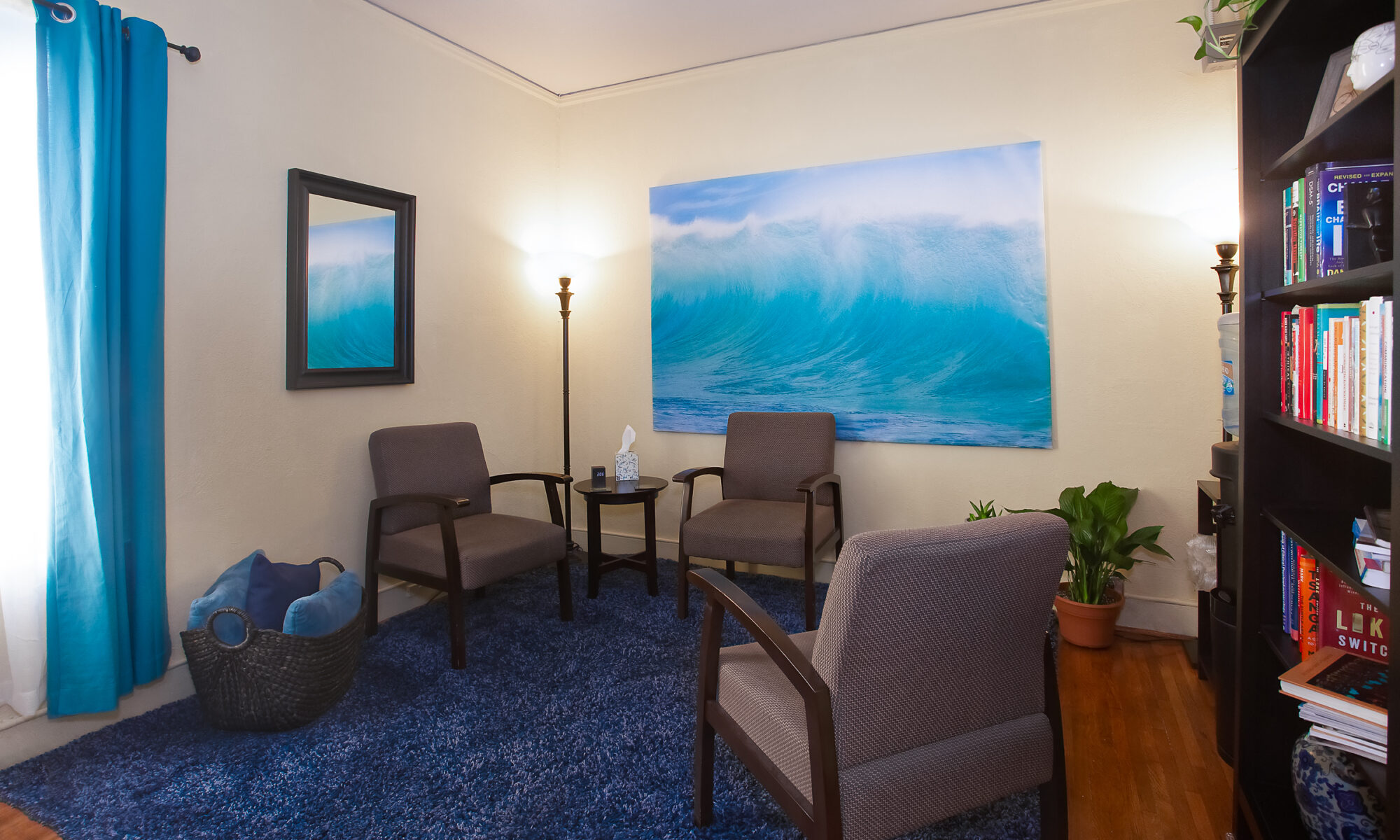
All too often I hear from people that they don’t “need” to be in therapy because they already do yoga/exercise/journaling/meditation/etc., and these activities are “therapy” for them. While I support the positive impact of these activities in their life, I gently assert that while they may be therapeutic, they are not therapy. Why would I say this?
These days, I am pleased to notice that in Los Angeles we are, as a whole, taking better care of ourselves: eating healthy, exercising, moderate drinking, less smoking, keeping our weight down. I am in the camp that promotes these ideas and activities as contributing to a more peaceful and joyful life. As a psychotherapist, I am committed to not only the mental and emotional well-being of my clients, but also to overall well-being, and that is why I am happy to provide referrals regarding an interest in nutrition, exercise, yoga, community, and the like. I practice what I preach, striving to keep a balance on my own self-care, since I am well aware of the impact of general health on our mental and emotional states. I also engage in my own personal psychotherapy, for it provides me a service and experience that is not duplicated among any of the other self-care activities I engage in.
Then what is the difference between all these activities and therapy? I see psychotherapy as less an activity and more of a relationship. It is through the relationship between the therapist and the client that healing and change can occur. This relationship is specific and intentionally limited in scope; it differentiates itself from “friendship” by being less of a two-way street, and more centered on the client. Regardless of the modality of the therapy, the key to the work is in the empathy and compassion displayed by the therapist toward the client, and the client’s experience of being heard in a non-judging manner. I remember how one time I visited my therapist and I was sharing with her how disappointed I was at myself for being so angry that day. When I confessed my anger to loved ones in the world, I was usually met by either a story of their own (sometimes helpful) or an admonishment that I should know better (not helpful). But on this day my therapist said something to me that had never been said to me before. After I told her how angry I was and at how upset I was at myself, she replied, “How could you NOT be angry, given what happened to you?”
Nobody had ever said that to me before. Nobody. THAT was therapy.
Her question “made room” for my authentic feelings, whether they were appropriate or not. Before I could explore what was going on with me, I had to be able to see it without shame, and it was helpful to have her as a collaborative witness to my exploration, discovery, and ultimate decision of how to respond differently. I felt seen and heard in a way I had never felt seen and heard before. I felt that I was given permission to be angry, even if I DID know better! I felt like it was okay for me to have this very human emotion, and that I had a right to be upset about some of the things that had happened to me. I had a right to be angry, sad, upset, and hurt. Within the therapeutic relationship, there was space for me to feel all of these things, fully. That is where healing occurs. This is not the only way to heal or change, but it is specific to psychotherapy. This is a different benefit than one gained from yoga, meditation, exercise, friendship, or dancing. Those are therapeutic, but they are not therapy.
When I initially speak with a client, it is important for me to understand what they are seeking, and what they hope to gain from that effort. It is important to find out if therapy, and specifically therapy with me, is going to be the right approach for them. This is why I like to clarify what therapy is, and what it is not. It is not friendship, it is not advice, it is not me telling someone what to do, and it is not coaching. It is a unique collaboration where change and healing can occur. It is a place where creativity and insight can bloom. It is a place where the unspeakable can be spoken, and where shame can be exposed and weakened. It is where caring comes from compassion rather than agenda, and where it is perfectly, perfectly okay for you to talk all about yourself! It is two sets of eyes when one set is unable to see clearly, it is two beating hearts when one is breaking. It is two minds working against the problem; it is two imaginations writing a new story.
That is what therapy is.
